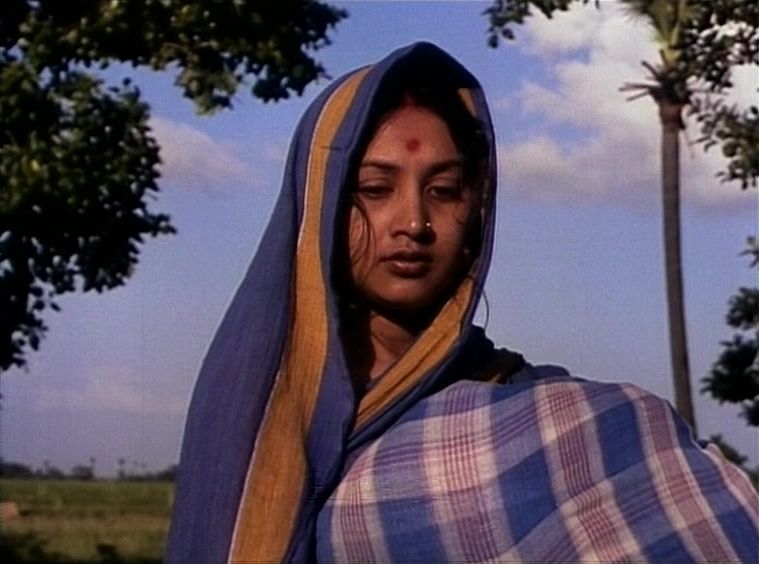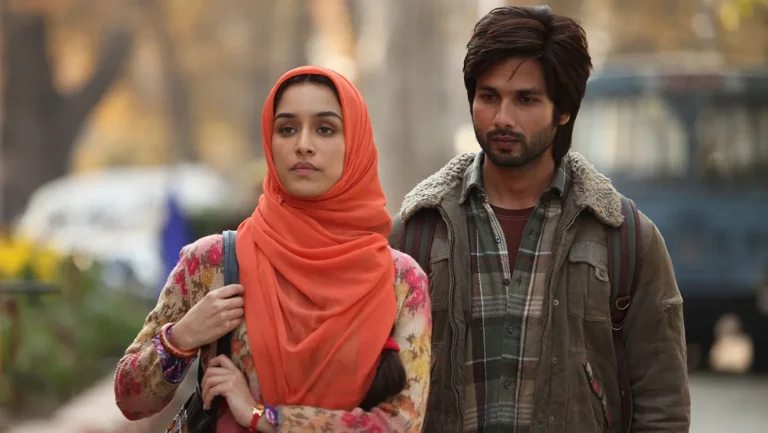When we talk about films that dare to look history in the eye, few resonate with the quiet devastation of Satyajit Ray’s “Ashani Sanket” (“Distant Thunder,” 1973). This is not just cinema. It is a memory resurrected through the brilliance and hues of art. The Bengal famine of 1943 was a catastrophe that claimed millions of lives, and it often slips past the pages of textbooks and dinner-table conversations. Ray’s “Ashani Sanket” refuses to let it stay buried as he hands it back to us, not as statistics or as an archival horror. But as something deeply lived, fragile, and human.
We all know of the horrors of the Second World War. Its violence and victories are etched into global consciousness. But how often do we speak of the famine that unfolded in Bengal during those very same years? Crops failed, policies failed, humanity failed, and while cities managed to insulate themselves, villages crumbled in utter silence.
Satyajit Ray Turns Tragedy Into a Question We Cannot Escape
Ray’s script does not thrust us into a battlefield of corpses. Instead, he makes it homely by inviting us into the life of Soumitra Chatterjee’s Gangacharan, who is a young village Brahmin teacher, along with his beautiful wife Ananga, played by Farida Akhtar Babita. At first, their lives flow with the very essence of rural Bengal as Ray narrates the rituals, festivals, and everyday warmth through the screen. We see the farmers, all the traders, and some neighbors whose kindness and interdependence form the very fabric of the community of their small village. Gangacharan is respected for his knowledge as he performs rituals and teaches. And his wife, Ananga? She quietly expresses her care and strength in making a home that Gangacharan would return to out of love and devotion.
We, as an audience, settle into that comfort as well. But slowly, the void of hunger finds its way in as we see British officials sending every grain to the soldiers fighting on the front line against the Germans. The rice sacks that were once weighted in tons are now empty. Familiar faces that we know of are slowly growing thin and lean. Neighbors who once exchanged smiles now look at one another with hatred and desperation. We see the merchants hoard, landlords exploit the poor peasants, and even the acts of friendship begin to erode as if they were mere strangers.
Such sudden shifts unsettle even the strongest among us—not because they seem distant or unfamiliar, but because they strike with an unsettling nearness. What happens when hunger comes knocking at our own doors? Do we cling to compassion, or does the instinct to survive erode the very idea of community? By focusing on famine through the lens of a single village, Ray reframes “their tragedy” into a haunting “what if” for us all.
A Tragedy Rooted in 1943, Which is Echoing in Our Present

What makes “Ashani Sanket” so magnificent is not what it shows but what it withholds. There are no sweeping spectacles, no excessive misery displayed for effect. Instead, the Great Famine lingers like a relentless shadow—at once familiar and estranging. It first whispers, then withdraws, and finally returns, unfolding itself like a stranger we had long mistaken for an old acquaintance.
Also Read: Akaler Sandhane (1980): A Famine within A Famine
Through Gangacharan and Ananga’s eyes, we witness the unraveling of a society where bonds are tested and morality bends under the horrors of starvation. Villagers who once expressed warmth and familiarity become distant, suspicious, and even ruthless towards them. Women, especially, face vulnerability and exploitation in ways that expose the gendered brutality of famine.
This restraint is Ray’s defiance. By refusing to sensationalize suffering, he dignifies it. He trusts us to imagine, to feel the weight of what cannot be shown. And that silence, which is unsettling and unflinching, echoes far longer than spectacle ever could. Though rooted in 1943 Bengal, the film speaks urgently to us now. Famines are never about food alone. They are about inequality, exploitation, and the indifference of those in power. Look around our world today. Displacement, hunger, and neglect still define the lives of millions. Ray’s film, then, is not simply remembrance. It was a warning. What happened once can happen again if we continue to forget.
Cinema, at its finest, is never just entertainment. It unsettles, it confronts, it refuses to let us forget. With Ashani Sanket, Ray offers more than a narrative—he entrusts us with a shared responsibility: to remember, to speak, to weave memory into our conversations, our politics, our very humanity. For when memory falters, history circles back, and tragedies return cloaked in silence.
Ashani Sanket’s Haunting Triumph Lies in Its Intimacy
When the film ends, we are not left with answers, but questions – the ones that are urgent and uncomfortable. How do we honor those lives lost to hunger? How do we prevent silence from swallowing injustice again? Ray refused to ease us with closure. Instead, he planted these questions within us, ensuring they live on. What lingers from “Ashani Sanket” is not just its story but its demand for remembrance. It asks us to carry history forward, to recognize it not as distant, but as a shadow that never quite leaves our side.
Through this quiet, devastating work, Ray memorializes Bengal’s famine not with spectacle but with intimacy. By following the journey of Gangacharan, Ananga, and the villagers who illustrate both resilience and collapse, he forces us to confront fragility, dignity, and survival. And he leaves us with a call. A call to remember together, to feel deeply, and to never allow silence to bury such stories again.









